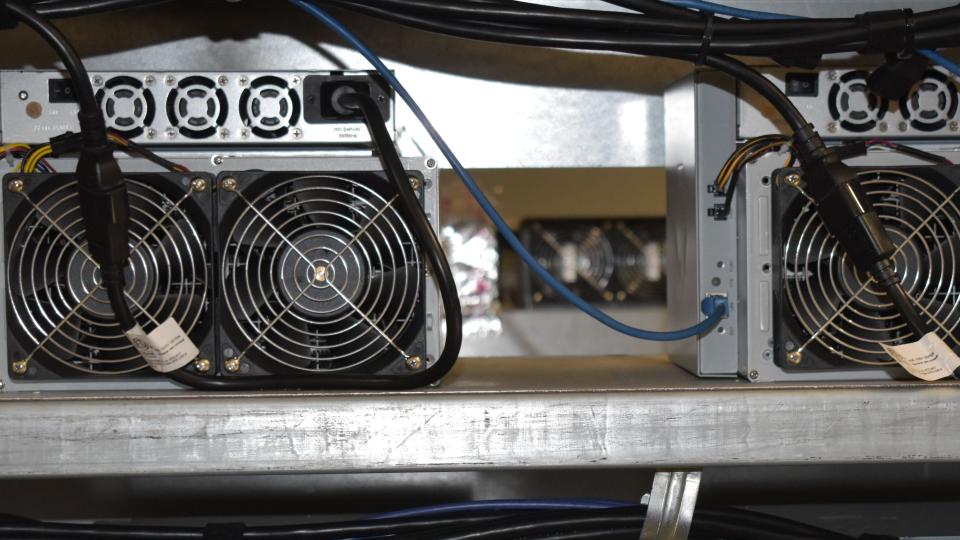Bitcoin Miners Must Optimize to Survive

On or around April 19, the fourth Bitcoin halving will take place, cutting in half the rewards miners receive for solving a block on the Bitcoin blockchain. The halving event is programmed into Bitcoin's protocol every 210,000 blocks and occurs roughly every four years. It is designed to limit the digital asset’s total supply and establish a fundamental scarcity. Therefore, efficiency is critical for bitcoin {{BTC}} mining companies to remain competitive as the 2024 halving approaches and even as the following halving in 2028 is considered.
To prepare, bitcoin miners must examine three key areas of their business: power, operations and software.
This feature is part of CoinDesk’s “Future of Bitcoin” package published to coincide with the fourth Bitcoin “halving” in April 2024.
Adam Sullivan is CEO of Core Scientific, a bitcoin mining firm.
Power is bitcoin miners' single largest cost item and it bounds the ability to bring hashrate online. By nature of the highly competitive market, miners only target low-cost and stranded power. Optimizing the efficiency of mining operations is extremely important and is driven mainly by the energy efficiency of the Bitcoin mining machines in a company’s fleet. To compensate for the revenue cut, miners are improving average fleet energy efficiency by replacing older, less efficient miners with the latest and most efficient miners. Overall, more efficient fleets will improve margin profiles and competitive positioning within the industry.
See also: The Halving Highlights Why Bitcoin Needs to Upgrade
Another way that miners can cut power costs is by relocating to locations with lower power prices, many of which are in developing economies. However, developing economies tend to have less reliable electrical grids, frequently driven by less reliable transmission infrastructure, increasing the likelihood of power interruption and downtime for miners. Lower power pricing with greater downtime may offset the benefits of establishing operations in those locations. Companies can also extend the lifespan and value of their machines by having different types of power contracts within their portfolio, allowing them to allocate machines based on their efficiency.
In addition to maximizing the energy efficiency of machines, miners must also work to maximize the utilization of their energized hash rate to ensure that they earn the highest quantity of bitcoin possible and generate the highest return on their investment. Maximizing hash rate utilization depends on the quality of a company’s mining infrastructure and the ability of its data center operations teams to maintain fleet performance at the highest productivity levels possible. Data centers should be located, designed and operated to maximize the performance of the machines for as long as they are profitable and minimize downtime, using the latest technologies and approaches.
See also: The Rise of ASICs: A Step-by-Step History of Bitcoin Mining (2020)
As bitcoin mining companies scale their operations, their ability to manage a growing fleet of mining equipment becomes a critical enabler of efficiency and hash rate utilization, particularly when their operations span multiple geographic locations. Software solutions that provide fleet management and optimization for hundreds of thousands or millions of miners enable efficient, scaled operations across time zones and borders. Combined with energy management software that provides control of a mining fleet in response to changes in power pricing, bitcoin mining companies depend on software to optimize operations and maximize profitability.
Bitcoin miners who have not optimized their existing infrastructure, built their own high-performing data center team, developed their own software stack, and managed their power contracts effectively will face a difficult period after the halving. They will be highly vulnerable to larger players who have the infrastructure to dramatically improve their operations. As a result, the bitcoin mining industry will likely see consolidation as miners with access to more capital continue to expand their operations opportunistically. To remain competitive, it is even more important for smaller miners to prioritize efficient, productive operations.
By design, bitcoin is a finite resource, and mining for bitcoin will be increasingly competitive with each succeeding year. By reallocating existing sites and resources to support other forms of compute, miners can effectively future proof their power allocations as they shift their mining operations to locations that will be profitable in 2028 and beyond.

 Yahoo Finance
Yahoo Finance 